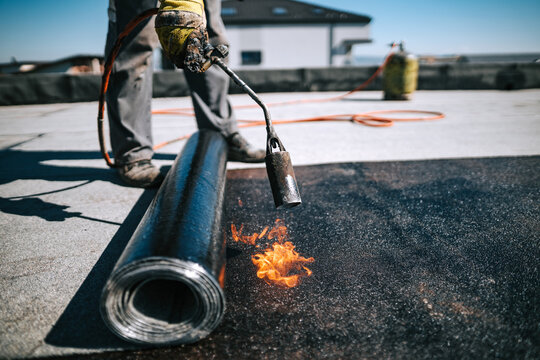Contact Us
RoadVision AI
Private Limited
Office No. 308 & 310, B Block
Ansal Chamber - 1, Bhikaji Cama Place,
Near Engineers India Limited (EIL) Bhawan, New Delhi - 110066
© 2024 | RoadVision AI | All rights reserved
The use of rubberised bitumen in road construction is a revolutionary approach that enhances durability, flexibility, and sustainability. The IRC Code: SP:107-2015 provides engineering guidelines for the gap-graded wearing course with rubberised bitumen, ensuring stronger and longer-lasting road pavements.
This blog explores the key features of gap-graded bituminous mixes using crumb rubber, their advantages, material composition, mix design, and environmental benefits.

A gap-graded wearing course is a bituminous mix with a specific gradation pattern that leaves gaps between aggregates. These gaps allow the incorporation of crumb rubber, which absorbs oil from the bitumen, expands, and makes the mix denser, durable, and more flexible.
Rubberised bitumen, also known as Bitumen Rubber (BR), is produced by blending crumb rubber from recycled tires with bitumen at high temperatures. This process improves the elasticity, resistance to rutting, and cracking, making it an ideal choice for road surfaces.
The IRC: SP:108-2015 highlights multiple benefits of using gap-graded rubberised bitumen mixes:
1. Materials UsedAccording to IRC: SP:108-2015, the mix consists of:
2. Mixing Process
3. Performance Criteria
One of the major objectives of IRC: SP:108-2015 is to reduce environmental impact by promoting the use of recycled materials.
Many countries, including India, the USA, and South Africa, have successfully adopted rubberised bitumen in road construction. The IRC: SP:108-2015 encourages wider implementation across national highways and urban roads.Future developments may focus on:
The IRC Code: SP:107-2015 serves as a comprehensive guideline for gap-graded wearing courses with rubberised bitumen. With its improved durability, cost-effectiveness, and environmental benefits, this technology is set to transform India’s road infrastructure.
RoadVision AI is revolutionizing roads AI and transforming infrastructure development and maintenance with its innovative solutions in AI in roads. By leveraging Artificial Intelligence, digital twin technology, and advanced computer vision, the platform conducts thorough road safety audits, ensuring the early detection of potholes and other surface issues for timely repairs and improved road conditions. The integration of potholes detection and data-driven insights through AI also enhances traffic surveys, addressing congestion and optimizing road usage. Focused on creating smarter roads, RoadVision AI ensures compliance with IRC Codes, empowering engineers and stakeholders to reduce costs, minimize risks, and elevate road safety and transportation efficiency.